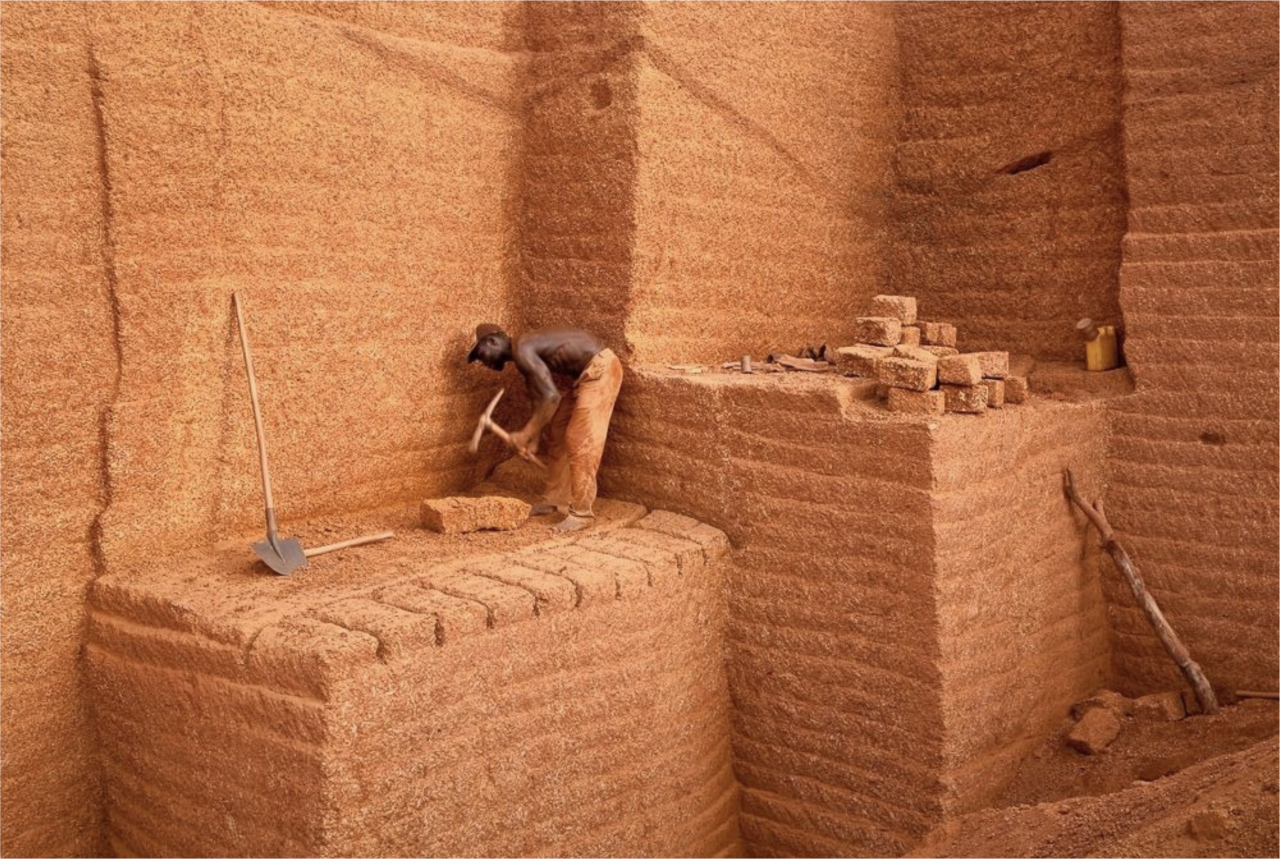Teaching Associates
Imani Day
Felix Heisel*
Kim Il Hwan
Michael Jefferson
Eduardo Cilleruelo Teran
Catherine Wilmes
Traces of Extraction
Fall 2023 - Arch 1101: Design I

The term Anthropocene was coined to denote the geochronological period in which we currently live and describes an age in which humans and human activity have become the defining factor for the planet Earth. The impact that our activities have on the planet’s geological, biological and atmospheric ecosystems is now traceable. Even though not officially recognized yet, the Anthropocene will be the first epoch to be defined not solely geologically. The term derives from the Greek anthropos for human and zen for time, and was widely established in 2000 by the Dutch chemist and atmospheric scientist Paul Crutzen and the US biologist Eugene Filmore Stoermer in their article “The ‘Anthropocene’”. In their contribution to the discourse on a new epoch, which they see as succeeding the current age of the Holocene, they describe humanity’s interventions in the natural environment as being as being recognizable and demonstrable from the 19th century onwards, and cite a list of significant, visible and measurable influences along with corresponding phenomena such as climate change, species extinction or the emergence of new diseases. In their article, they propose that the epoch started in the second half of the 18th century, as it is from this period that atmospheric concentrations of greenhouse gasses – caused by the onset of fossil industrialization – are first detectable in ice core drillings taken in Antarctica. In 2008, the Stratigraphy Subcommission of the Geological Society of London, the oldest national geological society in the world, began considering whether the designation proposed by the two scientists was justified. However, it was not until 2016 that the International Commission on Stratigraphy first discussed the possible official introduction of the geochronological term Anthropocene, based on recommendations made by the “Anthropocene” Working Group convened at the 35th International Geological Congress in Cape Town.
After evaluating the evidence presented – in particular the increased presence of greenhouse gasses in the atmosphere, the extent of human intervention in the natural landscape over and above natural changes resulting from erosion and sedimentation, ocean acidification resulting from CO₂ input, perturbations of the nitrogen and carbon cycles, habitat loss and the progressive extinction of species – the commission concluded that there were sufficient grounds for naming a new epoch. On 21 May 2019, the working group published the minutes of their vote, in which most members agreed on the recommendation to formally adopt the Anthropocene epoch but that it should begin much later than Crutzen and Stoermer’s proposal – at around 1950. The reason given is that an epoch requires a distinct boundary in both time and place, a so-called golden spike, that is evident and verifiable in geological deposits.
For this, they proposed the nuclear fallout resulting from the first US nuclear weapons tests in 1945 in the state of New Mexico. In 2023, Crawford Lake in Canada was identified as a suitable site for the golden spike as its sediment layers exhibit multiple traces of human activity, including carbon dioxide, nitrogen and plutonium-239.
Although, at the time of writing, the Anthropocene epoch has yet to be officially declared, the magnitude of the discussion shows just how crucial it is that we adopt a holistic approach to sustainable action: while the climate of planet Earth has been shaped over some 800,000 years by planetary constellations, in the last 70 years, it is us humans who have had a greater impact.


